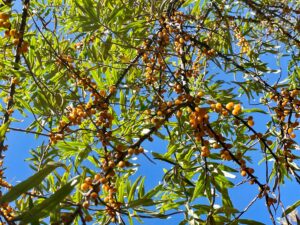
The Wonder Plant of the Himalayas: Seabuckthorn
The Wonder Plant of the Himalayas: Seabuckthorn In the arid regions of Ladakh and Lahaul-Spiti, where few major trees thrive, a remarkable shrub stands out
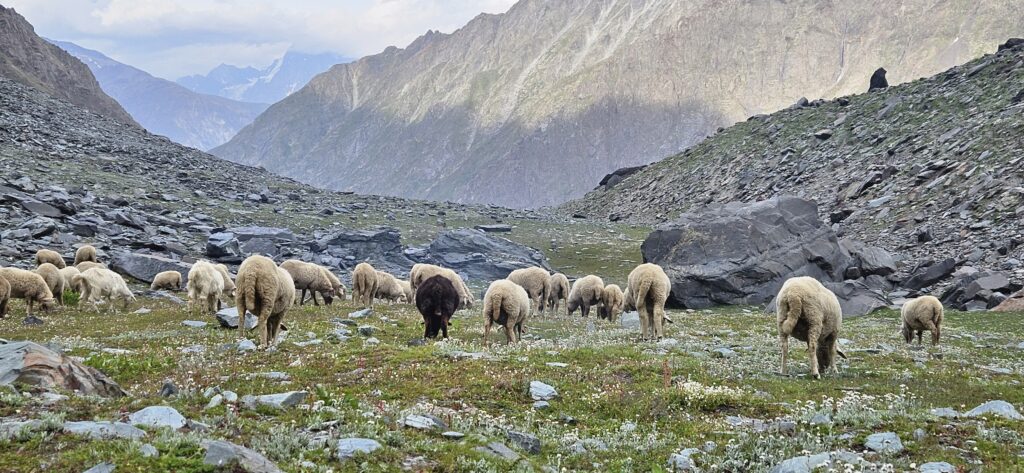
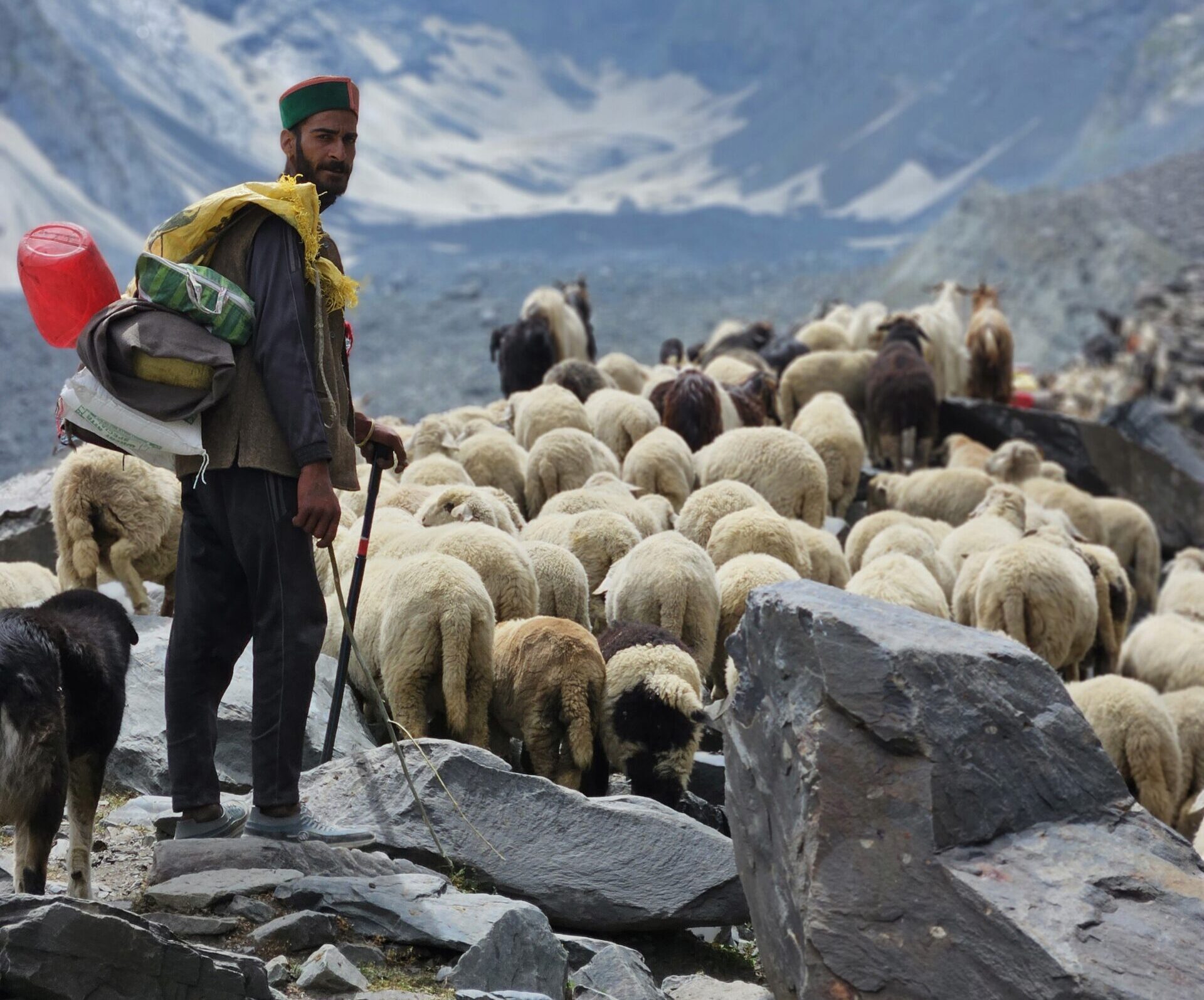
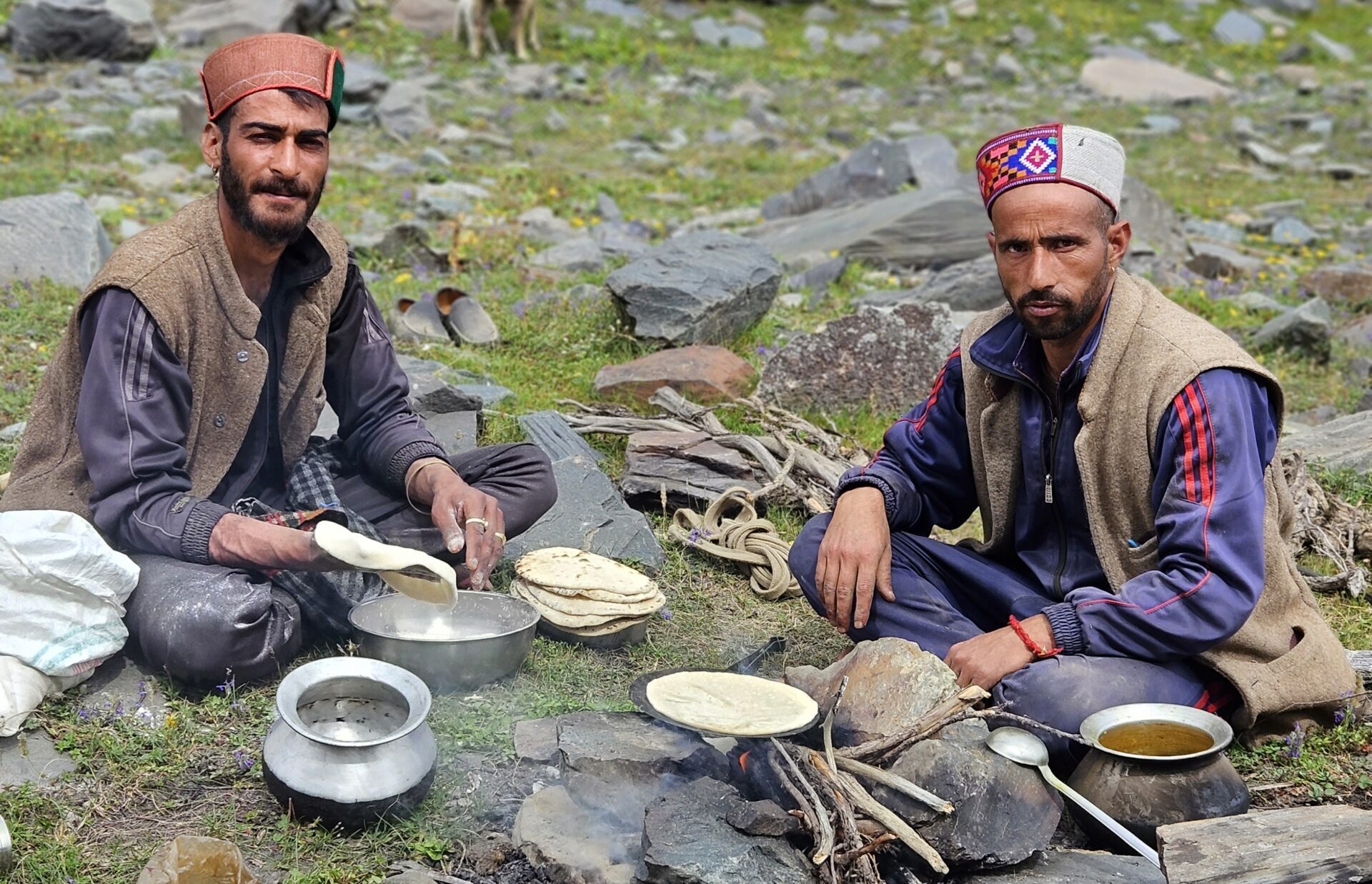
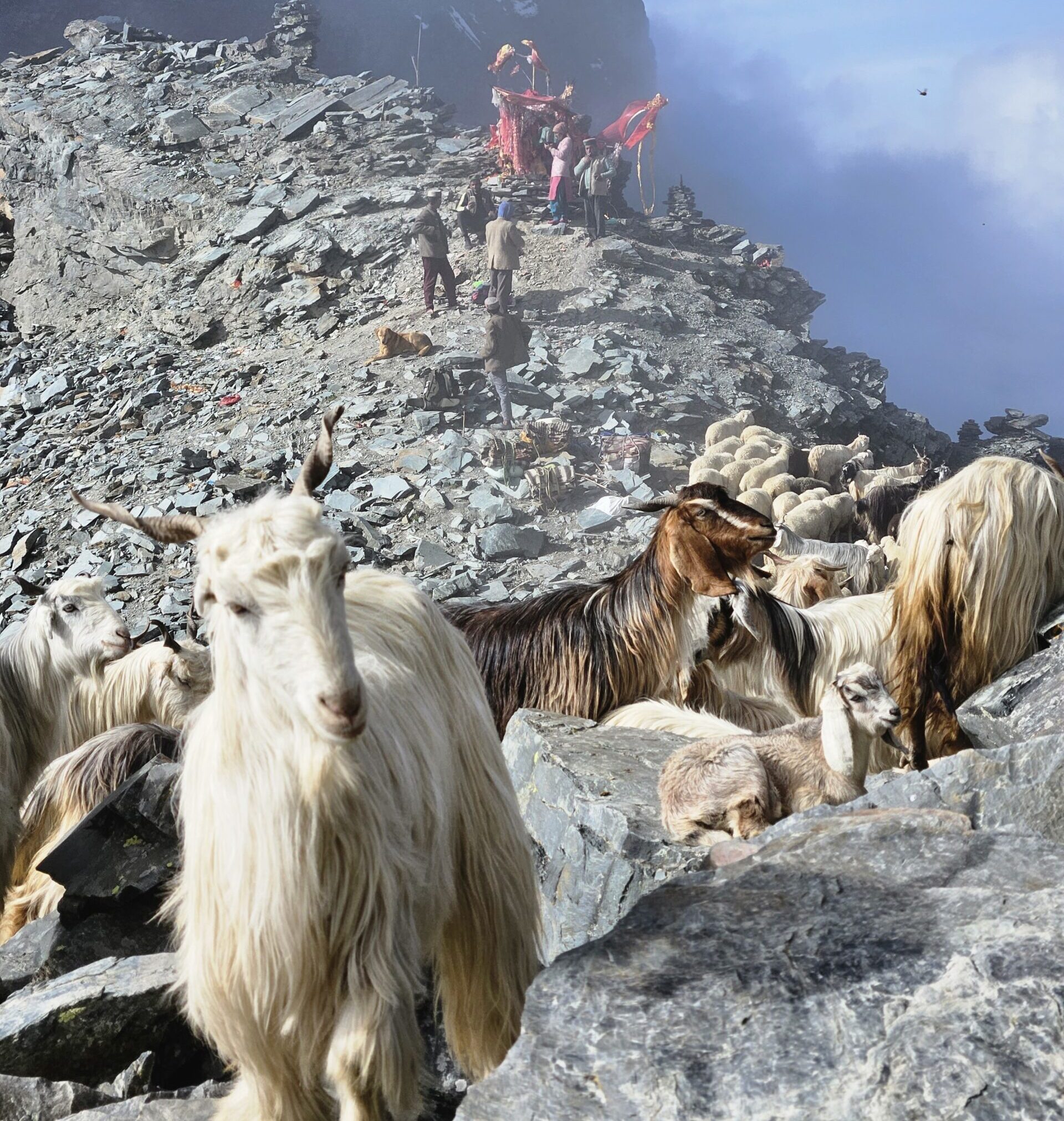

The Wonder Plant of the Himalayas: Seabuckthorn In the arid regions of Ladakh and Lahaul-Spiti, where few major trees thrive, a remarkable shrub stands out

Honey has been cherished for centuries, not just as a sweet treat, but also for its numerous health benefits. Despite its long history and widespread
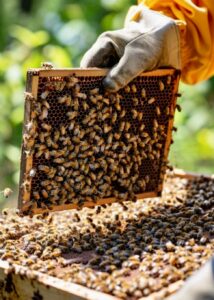
For years, conventional wisdom, popular slogans, and ad campaigns have heralded the same message: “we need to save the honeybees”. Products from various categories proudly

In the serene mountains of Tirthan Valley in Kullu, a unique practice is yielding results that not only promote environmental conservation but also generate a
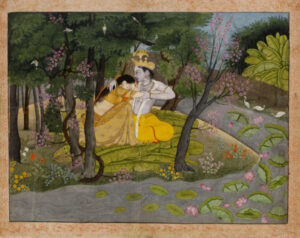
यथा सुमेरू: प्रवरो नगानां यथाण्डजानां गरुड: प्रधान:I यथा नराणां प्रवर: क्षितीशस्तथा कलानामिह चित्रकल्प” II ४३:३९ II (Viśṇudharamottara Puraṇa) As Sumeru is the best of mountains,

Did you know that certain regions in Himachal Pradesh observe the festival of Diwali not once, but twice a year? Indeed, this unique celebration takes
9 thoughts on “Gaddis: Navigating the Himalayan Horizon for Centuries”
Hey there! This is my 1st comment here so I just wanted to give
a quick shout out and say I truly enjoy reading through your blog
posts. Can you suggest any other blogs/websites/forums that go over the
same topics? Appreciate it!
Thankyou. Your appreciation means a lot. Many have written books on this topic. You can contact us at info@himflavours.com related to this topic.
What an insightful article! Your ability to break down complex topics into easily understandable points is truly commendable. I appreciate the thorough research and the engaging writing style that keeps readers hooked from start to finish. Thank you for sharing your knowledge and providing such valuable content. I look forward to reading more of your work in the future!
Thank you so much for your kind words! I’m thrilled that you found the article insightful and engaging. It was my pleasure to share my knowledge with you, and I’m grateful for readers like you who appreciate thorough research and storytelling. Stay tuned for more content .
Great article! I appreciate the clear and insightful perspective you’ve shared. It’s fascinating to see how this topic is developing. For those interested in diving deeper, I found an excellent resource that expands on these ideas: check it out here. Looking forward to hearing others’ thoughts and continuing the discussion!
Thank you for appreciating the article.
The arguments in this article were very well-presented. I appreciate the depth of analysis. It would be interesting to hear how others interpret these points. What do you think?
Thank you for appreciating the article! I’ve had the privilege of interacting with the Gaddi community, which has given me a deeper understanding of their lifestyle. My write-up is based on these personal interactions and the information I’ve gathered from various sources. I acknowledge that there may be diverse perspectives on this topic.
Would love to constantly get updated great website! .